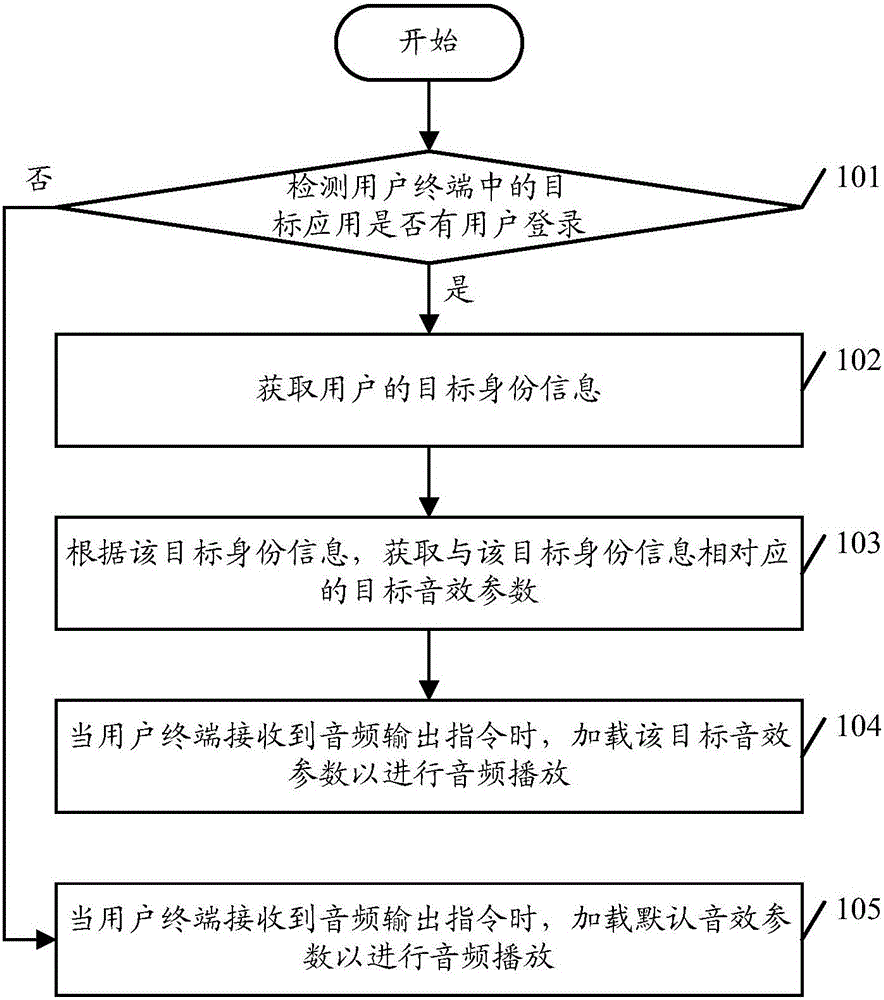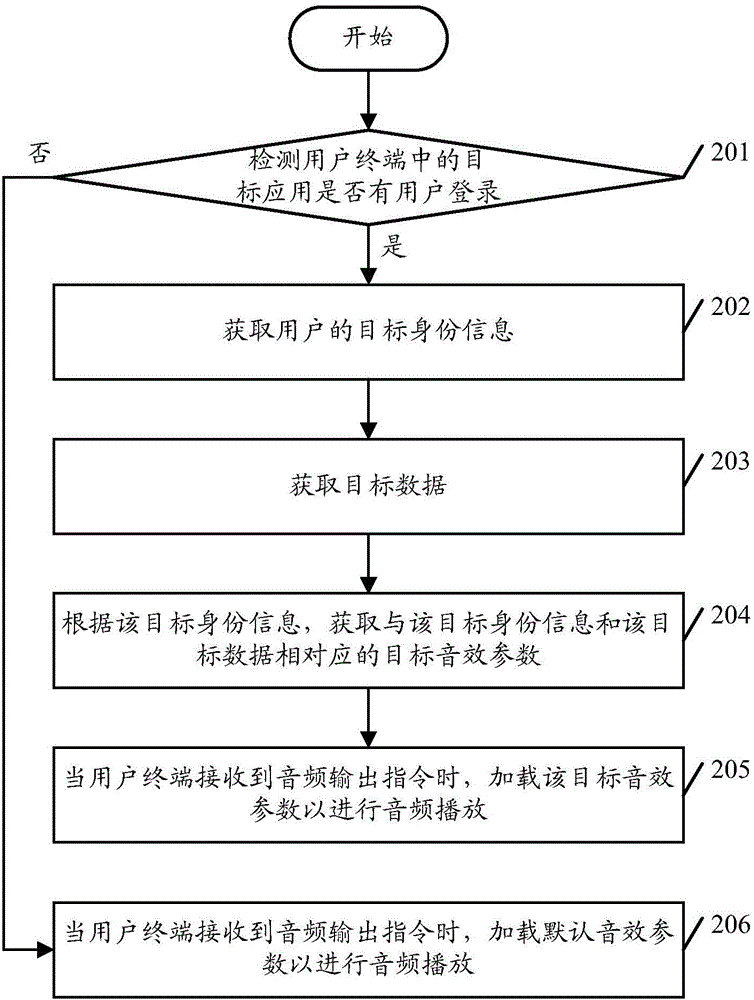Sound effect adjusting method and user terminal
A user terminal and adjustment method technology, applied in the electronic field, can solve the problems of time-consuming, difficult to meet the use requirements of sound effect parameters at the same time, cumbersome operation, etc., to achieve the effect of improving the convenience of operation, user experience and auditory effect
- Summary
- Abstract
- Description
- Claims
- Application Information
AI Technical Summary
Problems solved by technology
Method used
Image
Examples
Embodiment Construction
[0063] The following will clearly and completely describe the technical solutions in the embodiments of the present invention with reference to the accompanying drawings in the embodiments of the present invention. Obviously, the described embodiments are some of the embodiments of the present invention, but not all of them. Based on the embodiments of the present invention, all other embodiments obtained by persons of ordinary skill in the art without making creative efforts belong to the protection scope of the present invention.
[0064] The embodiment of the present invention discloses a sound effect adjustment method and a user terminal, which can load corresponding sound effect parameters by identifying user identity information, so that different sound effects can be automatically switched for different users, and user experience and auditory effects can be effectively improved. Each will be described in detail below.
[0065] see figure 1 , figure 1 It is a schematic...
PUM
 Login to View More
Login to View More Abstract
Description
Claims
Application Information
 Login to View More
Login to View More - R&D
- Intellectual Property
- Life Sciences
- Materials
- Tech Scout
- Unparalleled Data Quality
- Higher Quality Content
- 60% Fewer Hallucinations
Browse by: Latest US Patents, China's latest patents, Technical Efficacy Thesaurus, Application Domain, Technology Topic, Popular Technical Reports.
© 2025 PatSnap. All rights reserved.Legal|Privacy policy|Modern Slavery Act Transparency Statement|Sitemap|About US| Contact US: help@patsnap.com



